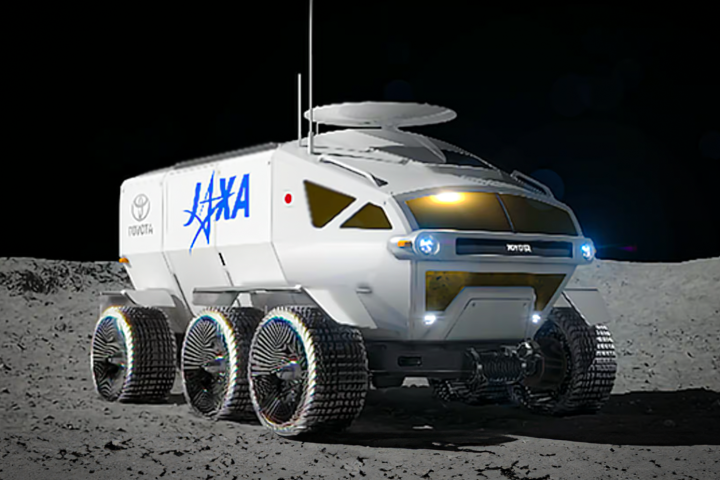To handle the kind of number-crunching that Big Data will need in the future, improving hard drive capacity is only part of the picture. Those gains will be lost unless the read and write speeds can keep up, and to that end, Seagate has now unveiled Multi Actuator technology, which will allow two sets of data to be written or read from the same drive at the same time.
In a conventional hard disk drive, data is written to and read from a surface by way of a series of magnetic heads attached to an arm. An actuator moves these heads up and down, usually as one group. Seagate's plan to improve performance sounds simple enough: use two actuators.
Hard drives that use the company's Multi Actuator technology will have two independent arms, allowing these devices to process two sets of data simultaneously. That effectively doubles the performance of the drive, which is crucial for future data centers that will need to access more and more information.
"Basically, we're taking the high-capacity hard drive a customer already needs and expects, and magically doubling the IOPS (input/output operations per second) the customer gets from it – with no down side," says James Borden, principal product strategist at Seagate.
While Seagate hasn't revealed any specific time frames just yet, the company says that the Multi Actuator technology is in development and will appear in products in the near future.
Source: Seagate




